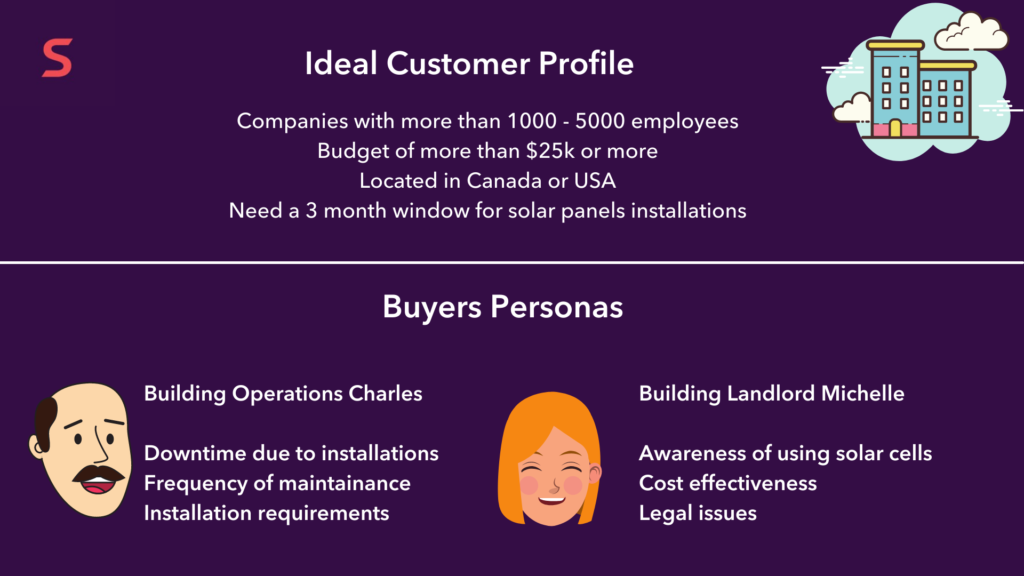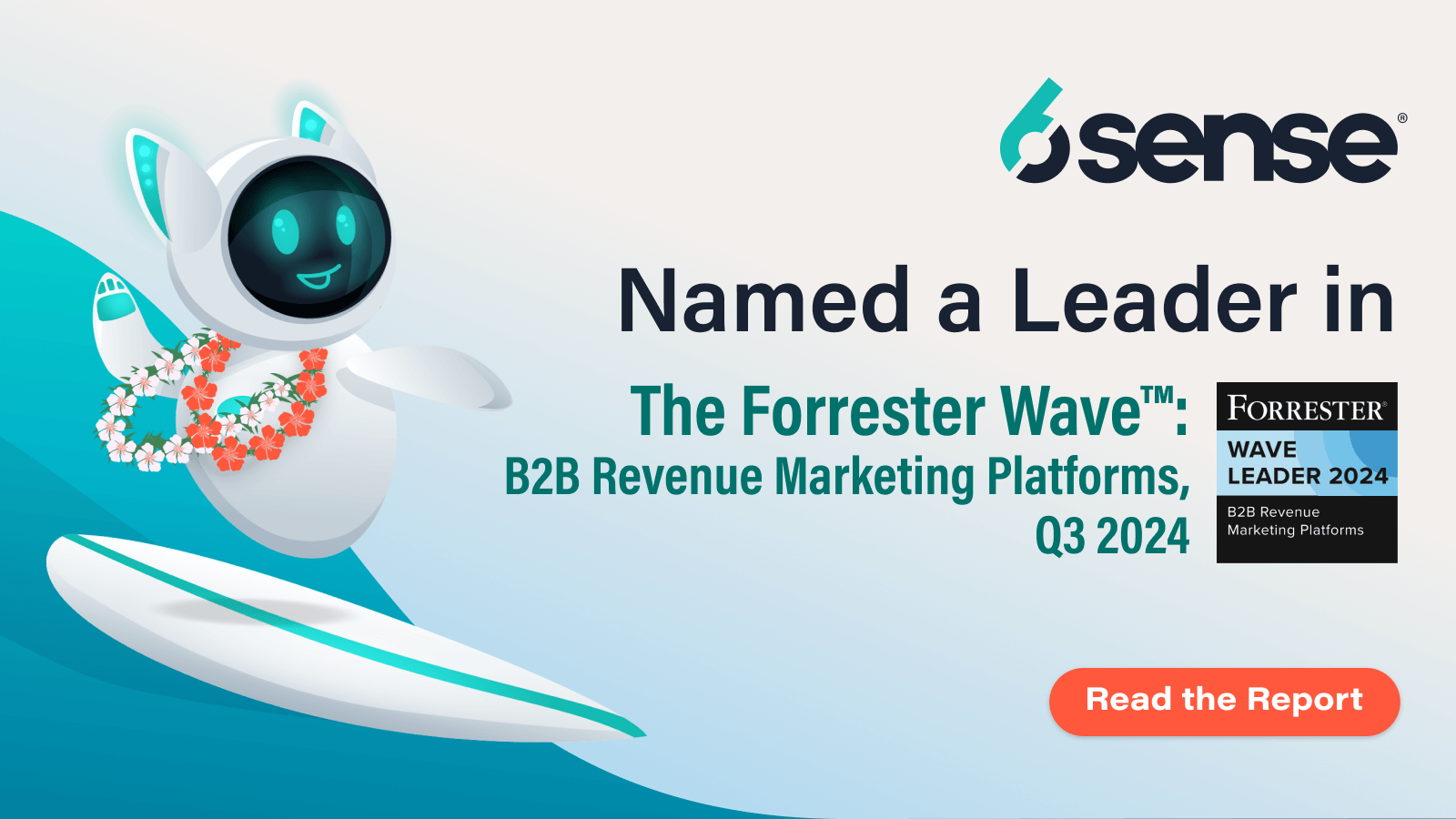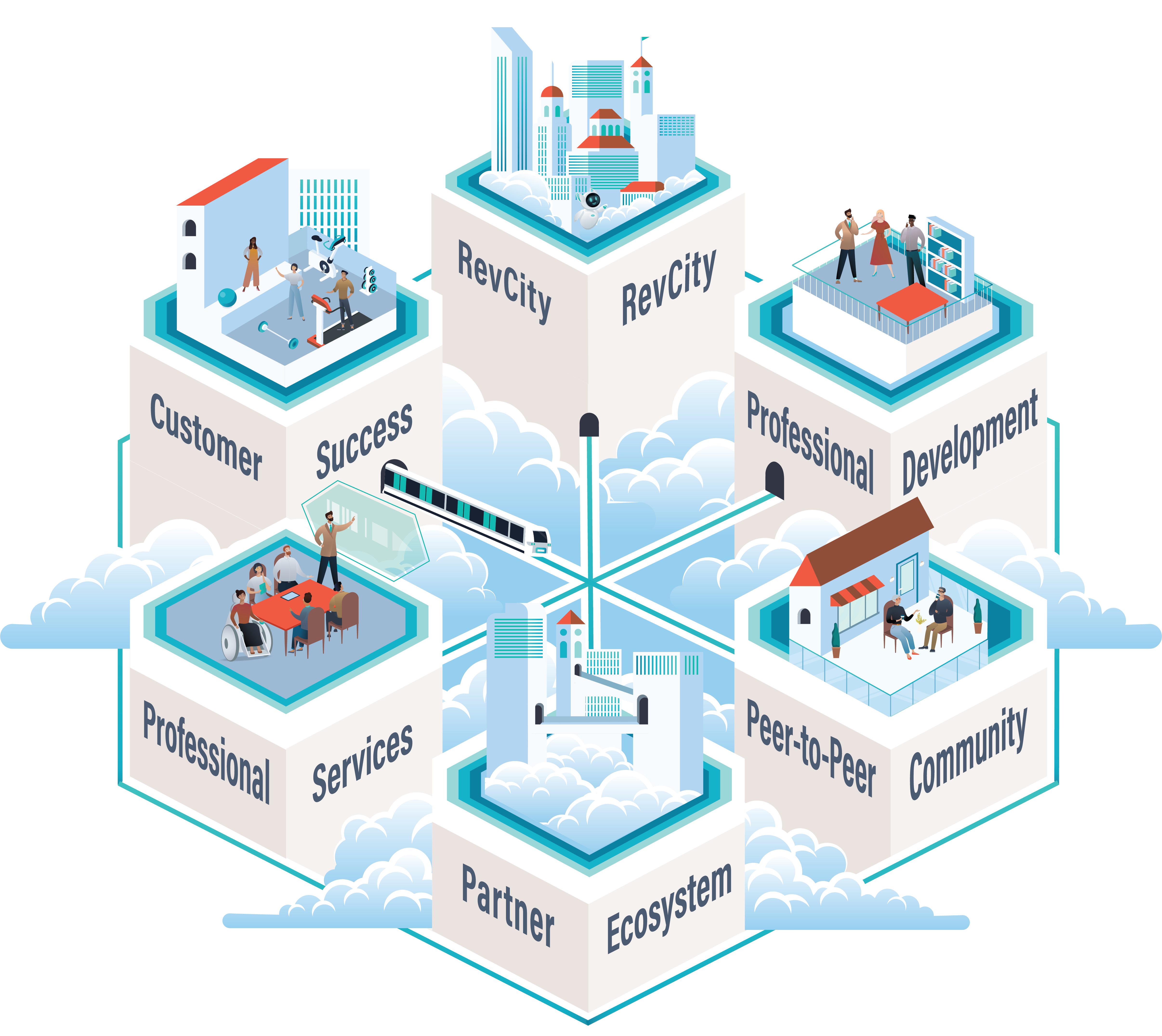A well-defined Ideal Customer Profile (ICP) can reduce sales cycles, increase conversion rates, and help you run successful account-based marketing programs. It can also help identify the features that your product team should develop, and more.
Let’s dig deeper to understand what ICP actually is and how to define one for your organization.
What Is an Ideal customer profile (ICP)?
An ICP is a fictitious organization that’s a perfect fit for your product or service. A customer who matches your ICP characteristics is likely to buy your product or service, remain loyal, and recommend it.
An ideal customer profile is defined by
- firmographic data such as the size of the organization,
- the type of business they have,
- the average revenue they generate,
- the geographical location of the organization,
- the reasons as to why they would have a need for your product or service and so on.
While at times the ideal customer profile might include information about individual buyers, more often it is defined clearly when setting up buyer personas (see below).
An ideal customer profile is set up based on analyzing retrospective data derived from all the previous companies your organization has sold to.
As mentioned before, an ideal customer profile affects not just your sales teams but also other teams in your organization. Therefore, it is important that various departments of your organization to work together to define what your ICP will be.
Difference between Ideal Customer Profile and Buyer Personas
ICP is the fictional profile of an organization you want to sell to.
Buyer personas are semi-fictional representations of the buying team members who will be deciding whether to purchase, and the motivations that drive their decisions.
Buyer personas take into account demographic data, goals of these individuals, pain points, and more. Using buyer personas, marketers can work towards developing the right kind of content for these sets of individuals.
To understand these differences better let us consider a fictitious company which specializes in solar panels installations called Solar Loom.

Why Do You Need Both, an Ideal Customer Profile and Buyer Persona?
Use your ICP use identify the accounts that make sense for your go-to-market efforts.
Once the ideal accounts are identified, then buyer personas can help determine how to sell to the decision makers.
The best way to visualize the need for ICPs and buyer personas is this — ICPs help identify target organizations while buyer personas can help in communicating with the individual.



